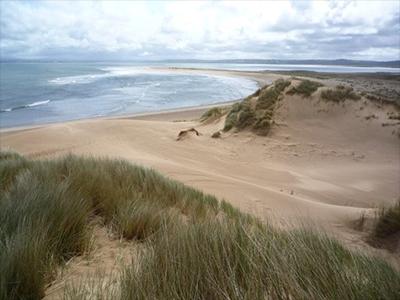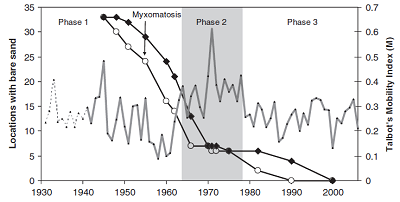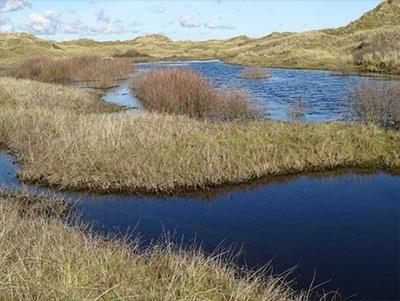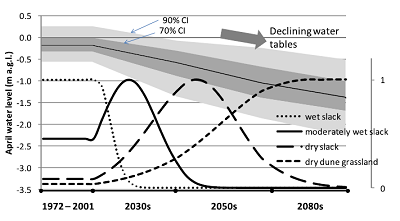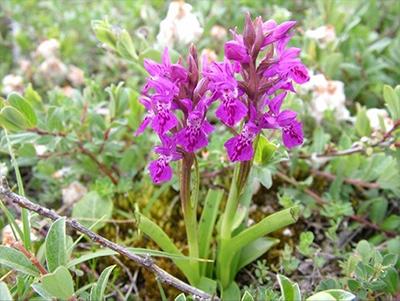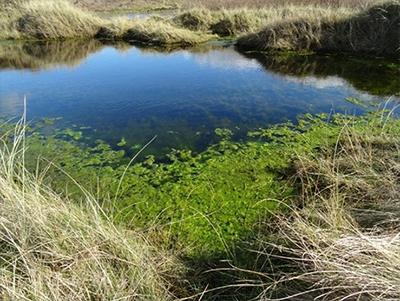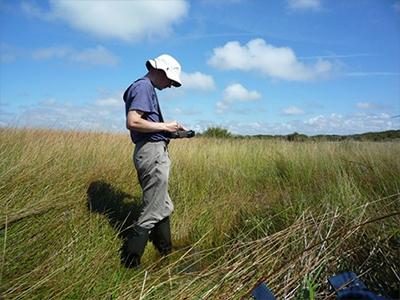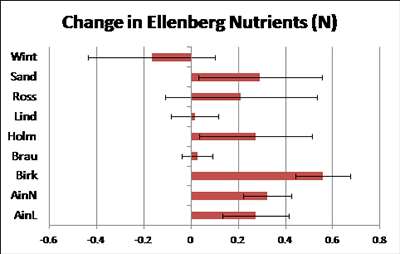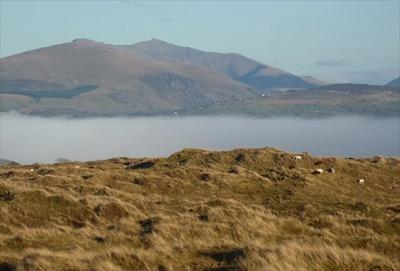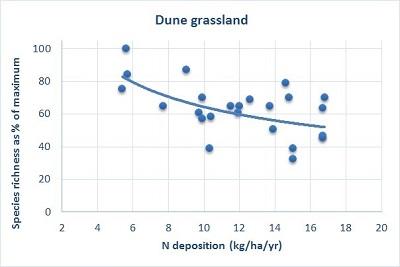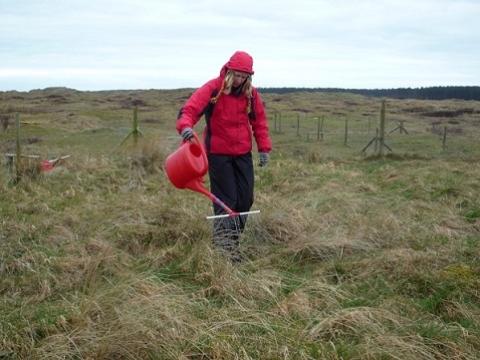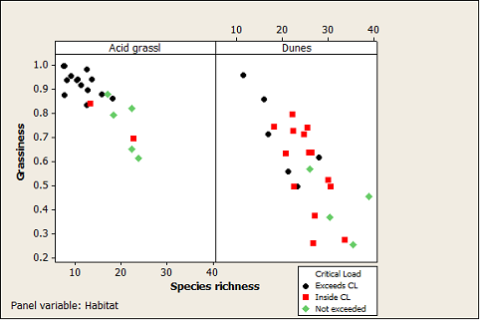Sand dune habitats are one of the most natural remaining vegetation types in the UK. They support more than 70 nationally rare or red-data book species, and are a refuge for many lowland species lost due to agricultural improvement.
The open dune habitats in particular are important for a range of specialised species: plants which are poor competitors; insects which require bare soil for burrowing; and threatened reptiles and amphibians such as the sand lizard, natterjack toad. UKCEH sand dune research covers the following themes:
- Dynamic dunes are naturally dynamic but this situation has changed over the last 50 years. We are studying why this is, and what the impacts are.
- Dune slack wetlands are sensitive to climate and nutrient enrichment. We are studying the complex interactions between hydrology, plants and soils to predict the impacts of climate change.
- Nitrogen impacts: Nitrogen pollution causes dramatic loss in dune biodiversity and alters soil processes. We use field-experiments, surveys and modelling to measure and understand these effects.
